Kip ETF 20: The Best Cheap ETFs You Can Buy
Build a solid core for your portfolio and explore new opportunities with our favorite cheap ETFs.


The U.S. stock market is just over 233 years old, but it's still learning new tricks. That much is evident in the ever-evolving world of exchange-traded funds (ETFs), which invest in pooled baskets of securities but trade like individual stocks.
A wave of innovative exchange-traded products, from a bumper crop of new actively managed ETFs to funds that can track the price of bitcoin to a growing multitude of options-based strategies, has helped drive record asset inflows into exchange-traded funds.
U.S. ETFs pulled in $1.1 trillion in net inflows in 2024, exceeding the previous high of $901 billion in 2021. The number of ETFs, according to the Investment Company Institute, swelled in 2024 to 3,637 from 3,119 the previous year, a 17% jump.
Through June 30 of 2025, asset inflows are on track to be even larger. "Even in times of market volatility and uncertainty, investors are turning more to ETFs to deploy cash as opposed to sitting on the sidelines," says Cinthia Murphy, an investment strategist at TMX VettaFi.
Interestingly, many investors are choosing broad-based index funds. Last year, for instance, the Vanguard S&P 500 ETF (VOO) took in a record inflow of $115 billion; this year, the fund already has $66 billion in fresh net assets through the end of June.
"That's an insane amount of money," says Murphy. "This isn't tactical trading. It's long-term, buy-and-hold investing."
Make no mistake, however: Esoteric ETFs are getting a lot of attention, too. The success of crypto-based ETFs, measured by asset inflows, is "staggering," says Aniket Ullal, head of ETF research and analytics at CFRA Research.
An iShares fund that tracks the spot, or current, price of bitcoin (as opposed to the many cryptocurrency ETFs based on futures contracts) pulled in $6 billion in May alone, says Ullal.
Single-stock ETFs that use leverage to goose returns (but can also amplify losses) have been popular as well among sophisticated active traders. And a lot of money is flowing into covered-call funds, which invest in stocks and sell call options on those securities to generate additional income.
More ETFs are coming
The ranks of exchange-traded funds are about to expand in the months ahead, thanks to the expected approval of a raft of applications with the Securities and Exchange Commission.
Dozens of investment firms, including BlackRock, Fidelity and Vanguard, have applied for an ETF share-class exemption, which will allow them to add an ETF share class to their existing mutual funds (or a mutual fund share class to their existing ETFs).
"This is a transformative development in the fund industry, and everyone is preparing for it," says Aisha Hunt, a founder of Kelley Hunt, a boutique law firm that specializes in ETF initiatives.
Most industry watchers expect the SEC to approve the exemptive-relief applications in the third quarter of 2025, but it could happen even sooner, says Hunt. And new ETF launches of existing mutual fund strategies could happen "more quickly than people realize," she adds.
The upside of this exemption is that regular investors may get access to a number of good actively managed mutual fund strategies that they couldn't invest in before without paying a hefty load, say, or buying through an adviser. And if ETFs issue mutual fund share classes, it could mean that more innovative funds may one day be offered in 401(k) plans.
Don't assume all mutual funds will launch an ETF share class, however. Because of the way ETFs are structured, market makers must be able to recreate or imitate a given strategy with a basket of securities. If that can't be done effectively, a mutual fund portfolio manager and its board may decide not to issue an ETF share class of the strategy, says Hunt.
What is certain: SEC approval of the ETF share-class exemption will bring a bonanza of new ETF launches. "Choice is always great, but it can also be overwhelming," says Murphy. "More products will make it more difficult to choose. Due diligence is going to get harder."
How we chose the best cheap ETFs to buy
That's where the Kiplinger ETF 20 can help. We have shepherded this list of our favorite exchange-traded funds for 10 years. Over the past 12 months, a volatile time for unsettled markets, our picks held up well.
As always, our picks cover all the basic asset groups, as well as funds that can add a little spice to your portfolio.
But the 20 ETFs are not meant to represent a complete portfolio. Instead, decide on the types of market exposure you need, and choose funds among the ETF 20 to build a portfolio that's right for you.
Read on for more analysis of the best cheap ETFs to buy. These Kip ETF 20 picks allow investors to tackle various strategies at a low cost. All returns and data are as of June 30, unless otherwise noted.
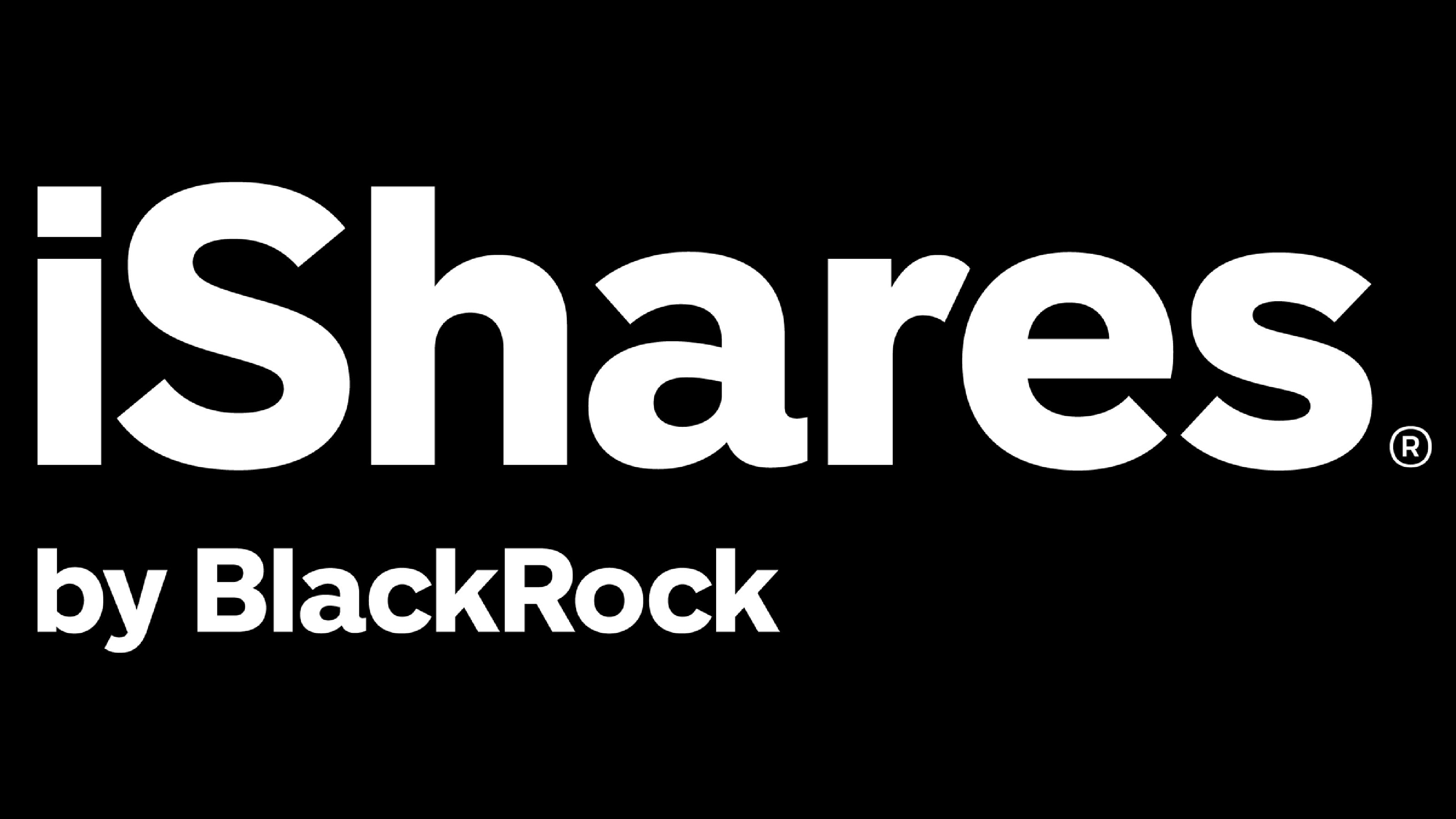
iShares Core S&P 500 ETF
- Kip ETF classification: Core stock fund
- Dividend yield: 1.2%
- Expense ratio: 0.03%
If you imagine your investment portfolio is shaped like a pyramid, then the core ETFs in the Kiplinger ETF 20 should make up the base of the structure. Reserve the biggest chunk of assets for the iShares Core S&P 500 (IVV).
As its name implies, it tracks the S&P 500 Index, which covers 85% of the total U.S. stock market, and the ETF charges a low 0.03% expense ratio.
Stocks are weighted by market capitalization, or stock price times the number of shares outstanding. That means that the biggest companies make up the biggest part of the ETF. Mega-size firms such as Microsoft (MSFT), Nvidia (NVDA) and Apple (AAPL) currently sit atop the portfolio.

iShares Core S&P Mid-Cap ETF
- Kip ETF classification: Core stock fund
- Dividend yield: 1.5%
- Expense ratio: 0.05%
We match the S&P 500 index fund with its siblings,the iShares Core S&P Mid-Cap (IJH) and the iShares Core S&P Small-Cap (IJR), detailed below, primarily because there's no overlap in fund holdings – either with each other or with the iShares Core S&P 500. This is helpful as you build exposure to each segment of the market in your portfolio.
The Mid-Cap ETF tracks the S&P MidCap 400 index, which includes 401 midsize firms with market values between $1.3 billion and $22 billion.
These companies have successfully navigated the challenges small companies face but are still growing and remain nimbler than large businesses.

iShares Core S&P Small-Cap ETF
- Kip ETF classification: Core stock fund
- Dividend yield: 1.7%
- Expense ratio: 0.06%
The iShares Core S&P Small-Cap ETF (IJR) tracks the S&P SmallCap 600, which includes 602 stocks in burgeoning firms as small as $185 million and as big as $8.2 billion.
Both MidCap and SmallCap indexes feature a profitability screen, which adds a small quality tilt.
To be included in either S&P index, companies must have positive reported earnings over the most recent quarter as well as positive earnings over the previous four quarters added together.

iShares ESG Optimized MSCI USA ETF
- Kip ETF classification: Core stock fund
- Dividend yield: 1.0%
- Expense ratio: 0.25%
Keen observers of the Kip ETF 20 may think this is a new fund on the roster, but it's a legacy fund that has been given a new name. Formerly known as the iShares MSCI USA ESG Select ETF, BlackRock changed the name to iShares ESG Optimized MSCI USA (SUSA) in April.
The fund still tracks the same index – the MSCI USA Extended ESG Select, which avoids certain businesses, such as those involved with firearms, nuclear weapons and tobacco, and favors companies that score well on environmental, social and corporate governance measures.
There has been a slight tweak, however, to the weighting of companies in the index. Firms with better ESG scores get heftier representation in the fund in order to improve the overall ESG score of the portfolio. Hence the swap of select in the fund's name for optimized.
But the adjustment didn't significantly shift the top 10 holdings, which represent nearly 30% of the assets, a BlackRock spokeswoman says.
The fund tends to keep pace with, but not exceed, the return of the S&P 500. Rather, it's designed for investors who want to invest in companies with leading ESG practices. For example, over the past three years, its three-year annualized return, 17.8%, is robust in absolute terms, but it trails the three-year, 19.7% gain in the iShares Core S&P 500.
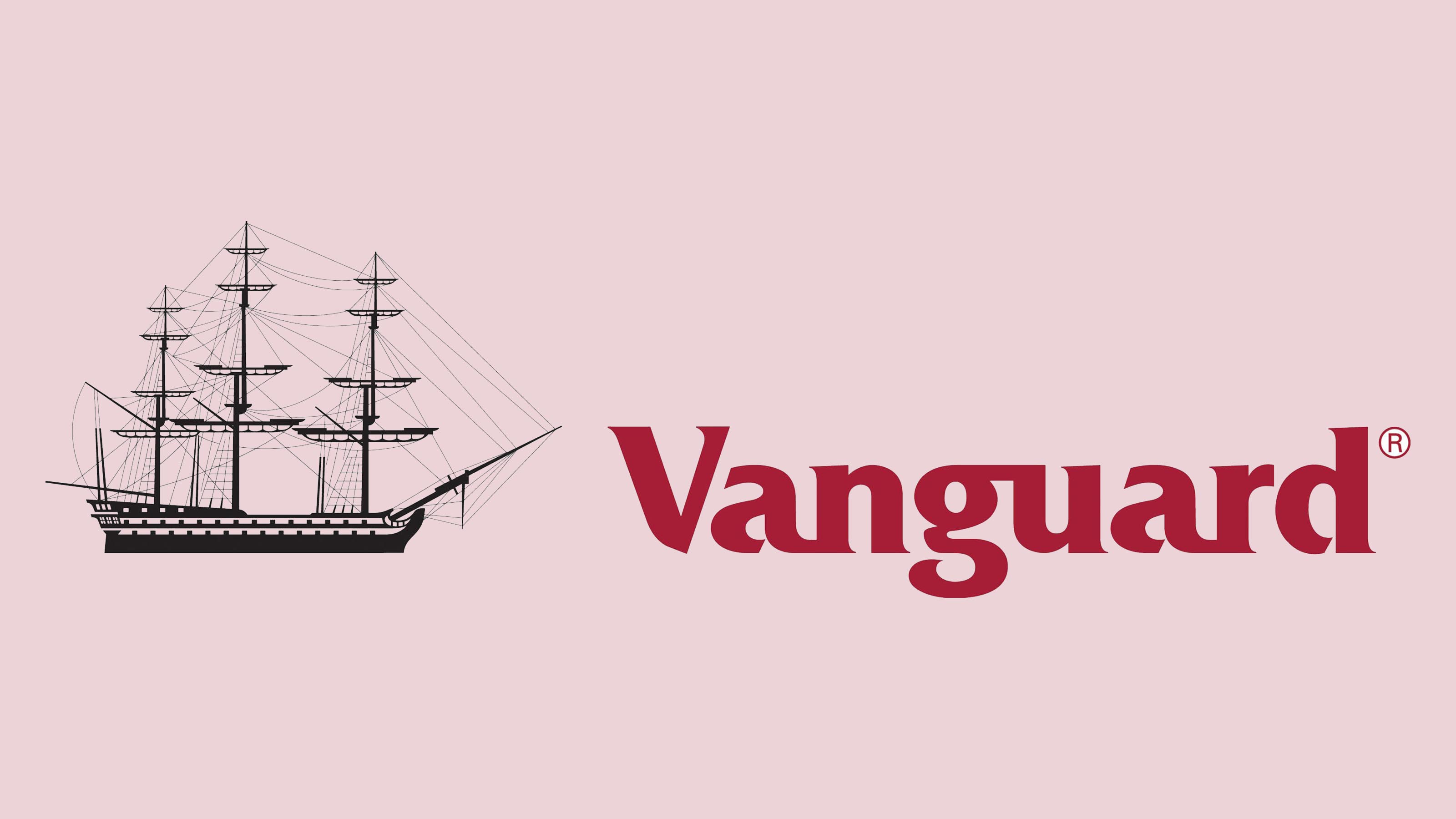
Vanguard Total International Stock ETF
- Kip ETF classification: Core stock fund
- Dividend yield: 1.8%*
- Expense ratio: 0.05%
The Vanguard Total International Stock Market (VXUS) is an efficient one-stop shop for investors looking for exposure to foreign stocks in developed countries and emerging markets. Morningstar analyst Zachary Evens calls it "wall-to-wall foreign stock exposure."
It's an index fund tracking the FTSE Global All Cap ex U.S. Index. The ETF holds nearly 8,600 stocks.
European shares represent 40% of the fund's assets; emerging countries, 26%; and Pacific countries, 25%. North America (Canada) and the Middle East make up the rest.
International stocks have rallied and outperformed U.S. stocks for the year to date through June. Over the past 12 months, Vanguard Total International Stock boasts an 18.2% return.
* This is a 12-month yield.
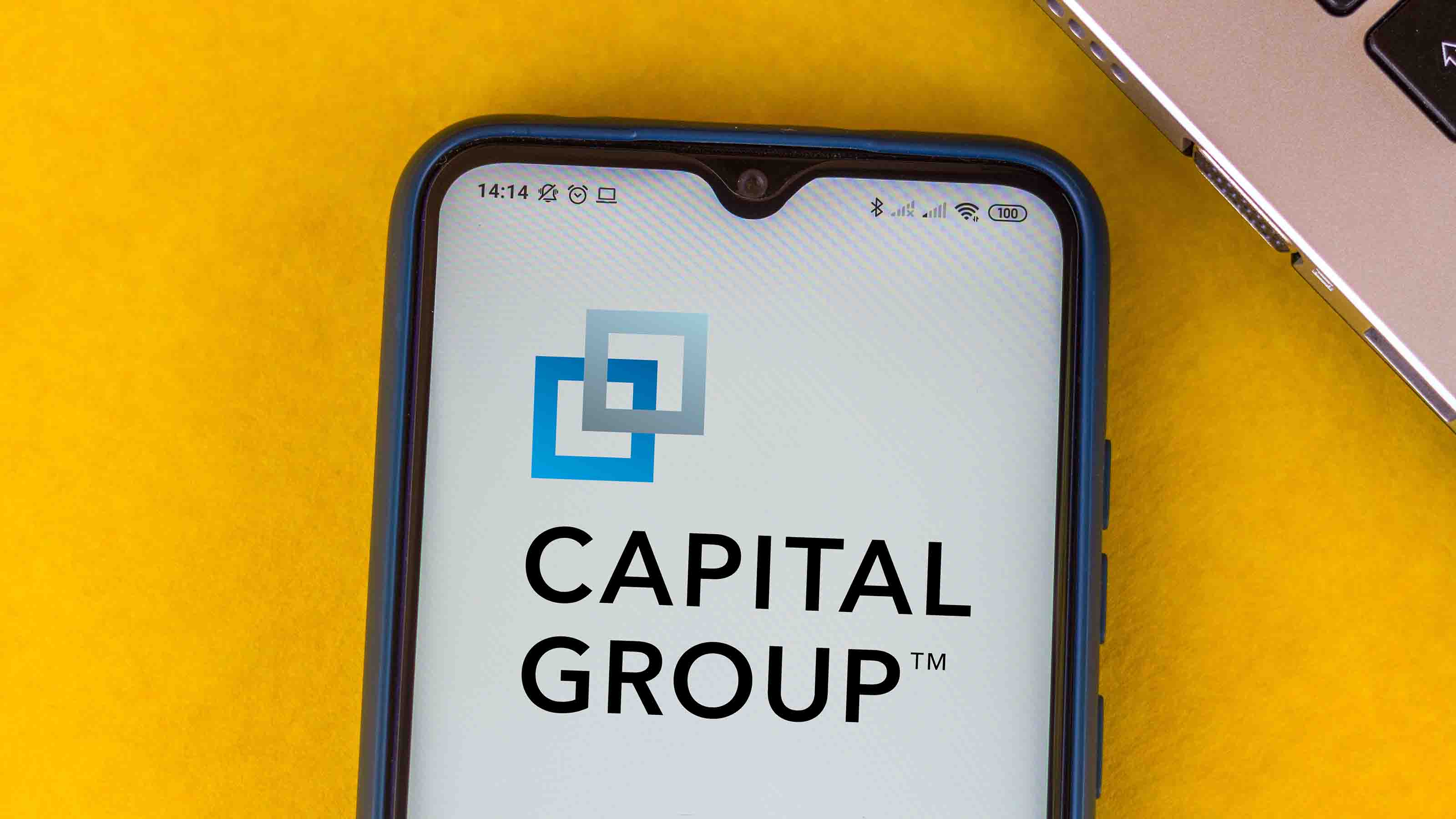
Capital Group Dividend Value ETF
- Kip ETF classification: Dividend stock fund
- Dividend yield: 1.7%
- Expense ratio: 0.33%
The Capital Group Dividend Value (CGDV), from the firm behind the American Funds brand of mutual funds, launched in February 2022, but the team behind it has been running a similar strategy for the past 24 years as a portfolio in an insurance product.
The fund's objective is to invest in stocks of established U.S. companies that generate above-average dividend yield (greater than the S&P 500).
The fund's assets are divided into six separate sleeves. Five managers each run one of the sleeves; the sixth sleeve is run by a team of research analysts. Each sleeve is independent of the others, in keeping with the long-standing Capital System process that all American Funds mutual funds practice – though, says comanager Chris Buchbinder, "we talk and share information."
The sleeves can vary by asset size, number of holdings and to some degree even investment style. But all of the managers hew to the fund's guardrails: Each portfolio manager must generate an above-average dividend yield, 90% of the portfolio must be invested in investment-grade U.S. companies, and 90% of holdings must pay dividends. The fund currently yields 1.7%; the S&P 500 pays out 1.3%.
The end result is a diversified portfolio of 52 stocks that has outpaced its peers and the S&P 500 over the past one and three years, with lower volatility to boot. The fund's three-year annualized return, 23.0%, has beaten 99% of all large-company, value-oriented funds. Microsoft, Broadcom (AVGO) and RTX (RTX), formerly Raytheon Technologies, are among its top holdings.

iShares International Dividend Growth ETF
- Kip ETF classification: Dividend stock fund
- Dividend yield: 2.5%
- Expense ratio: 0.15%
We added the iShares International Dividend Growth (IGRO) to the Kip ETF 20 roster in February 2025 to replace WisdomTree Global Dividend Growth (DGRW); the iShares fund boasted better returns and lower volatility than the WisdomTree offering.
So far, so good – strong returns from foreign stock markets have helped. Since the start of 2025, roughly the length of time since we added it, the fund has gained 17.8%.
The ETF tracks an index that includes companies of all sizes in foreign developed and emerging countries that have at least five years of uninterrupted dividend increases and a payout ratio (the percentage of a company's earnings paid out as dividends) of less than 75%.
A payout ratio higher than that can sometimes be a sign of deteriorating earnings at a company, among other things. Real estate investment trusts (REITs) aren't included, and stocks with the highest dividend yields by geographic region also get the boot.
In the end, the portfolio includes almost 400 companies, ranked by the value of the annual dividend. Top holdings include Iberdrola, a Spanish utility company; Novartis (NVS), the Swiss drug company; and the Toronto-Dominion Bank (TD).

Vanguard Dividend Appreciation ETF
- Kip ETF classification: Dividend stock fund
- Dividend yield: 1.7%
- Expense ratio: 0.05%
At this index fund, dividend growth matters more than dividend yield. Companies in the index the Vanguard Dividend Appreciation ETF (VIG) tracks – the S&P U.S. Dividend Growers index – must have consistently boosted their payouts for over a decade.
Stocks are weighted by market value, so top holdings include well-known, growth-oriented firms, such as Broadcom, Microsoft and Apple. It's not all tech, though. Eli Lilly (LLY), JPMorgan Chase (JPM), Visa (V) and Exxon Mobil (XOM) are top holdings, too.
Over the past year, the fund's 14.1% return beats the typical fund in its peer group, large-company blend funds. Vanguard Dividend Appreciation yields 1.7%.
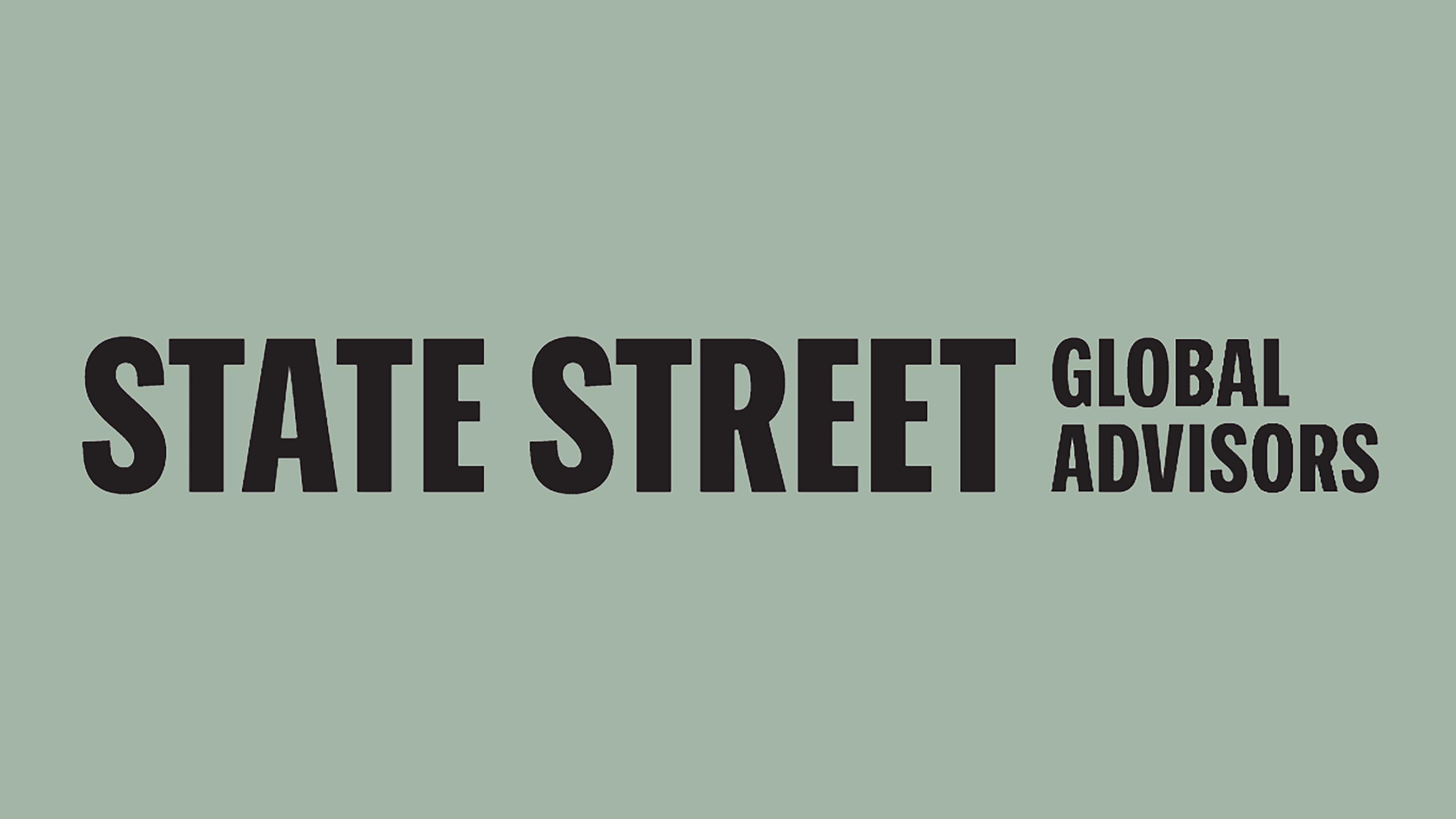
Health Care Select Sector SPDR Fund
- Kip ETF classification: Strategic stock funds
- Dividend yield: 1.8%
- Expense ratio: 0.08%
Investors once flocked to health care stocks as defensive investments in times of volatility and uncertainty. Though the market today faces both of those challenges, the sector has struggled mightily to gain any traction, weighed down by potential policy changes to research funding, Medicare and Medicaid, as well as potential tariffs on certain drugs for the first time in decades.
The Health Care Select Sector SPDR ETF (XLV), which includes all of the S&P 500's health stocks weighted by market value, has lost 6.0% over the past year.
Drugmaker Eli Lilly, the top holding, makes up nearly 13% of the fund's assets; the smallest company, kidney-care provider DaVita (DVA) , makes up less than 0.2% of assets.
Though the sector is embattled, health care companies are still busy innovating and providing solutions that are helping people live longer lives.
We think health care stocks represent good value, trading at a 25% discount to the S&P 500 Index measured by price-to-earnings multiples based on estimated earnings. That's far below the sector's long-term average of a 4% premium.
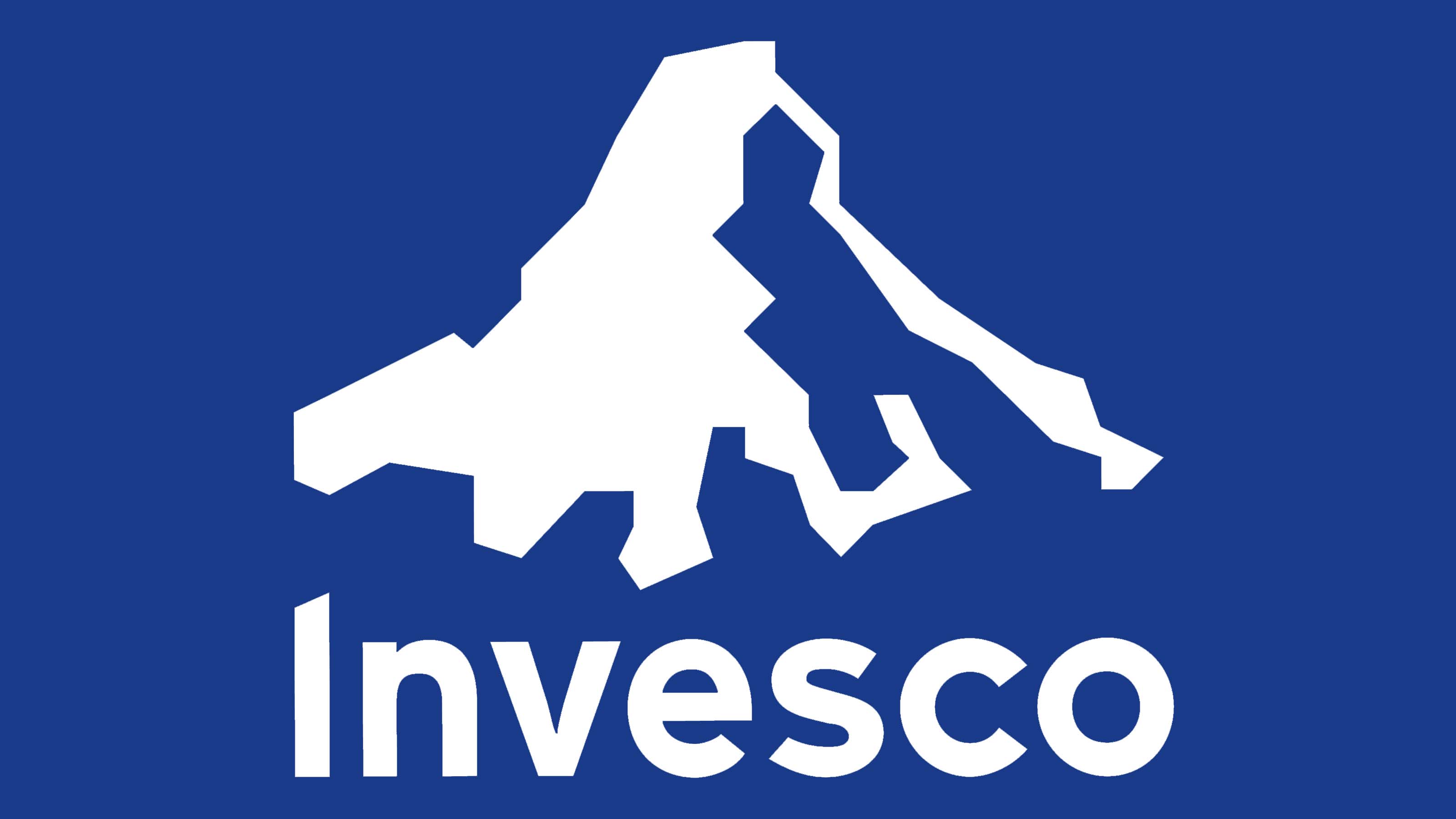
Invesco S&P 500 Equal Weight ETF
- Kip ETF classification: Strategic stock funds
- Dividend yield: 1.6%
- Expense ratio: 0.20%
In an equal-weight fund, every company, small or large, gets an equal share of assets. That's why we added the Invesco S&P 500 Equal Weight (RSP) to the Kiplinger ETF 20 roster in the April – we expected the rest of the market to do a lot of catching up to the Magnificent Seven and other large-cap stocks.
That was true … for about a nanosecond. During the market swoon earlier this year, the Invesco S&P 500 Equal Weight fund lost 7% from a peak in February through April 30, holding up better than the market-weighted S&P 500 benchmark, which lost 9%.
That outperformance has faded. But market returns are still broadening – some – beyond the Mag Seven and tech-related names. For that reason, we're not shifting away from this fund yet, in part because it offers a simple way to mitigate concerns about lofty stock market valuations as well as Mag Seven overconcentration.

iShares Core MSCI Emerging Markets ETF
- Kip ETF classification: Strategic stock fund
- Dividend yield: 2.3%
- Expense ratio: 0.09%
Not gonna lie, we were a little wary when we added the iShares Core MSCI Emerging Markets ETF (IEMG) to the roster in September 2024, given how lackluster these stocks have performed. Back then, this fund had a negative annualized three-year return. But the tide was turning.
Over the past 12 months, the fund has gained 16.0%, and now its three-year annualized return is a robust 10.1%.
A rebound in Chinese stocks, which currently represent 30% of the benchmark, helped. What's more, strong earnings growth recorded in 2024 across all emerging markets is expected to continue in 2025, according to analysts at RBC Global Asset.
This iShares index fund offers broad exposure to the developing world and charges a low 0.09% expense ratio.
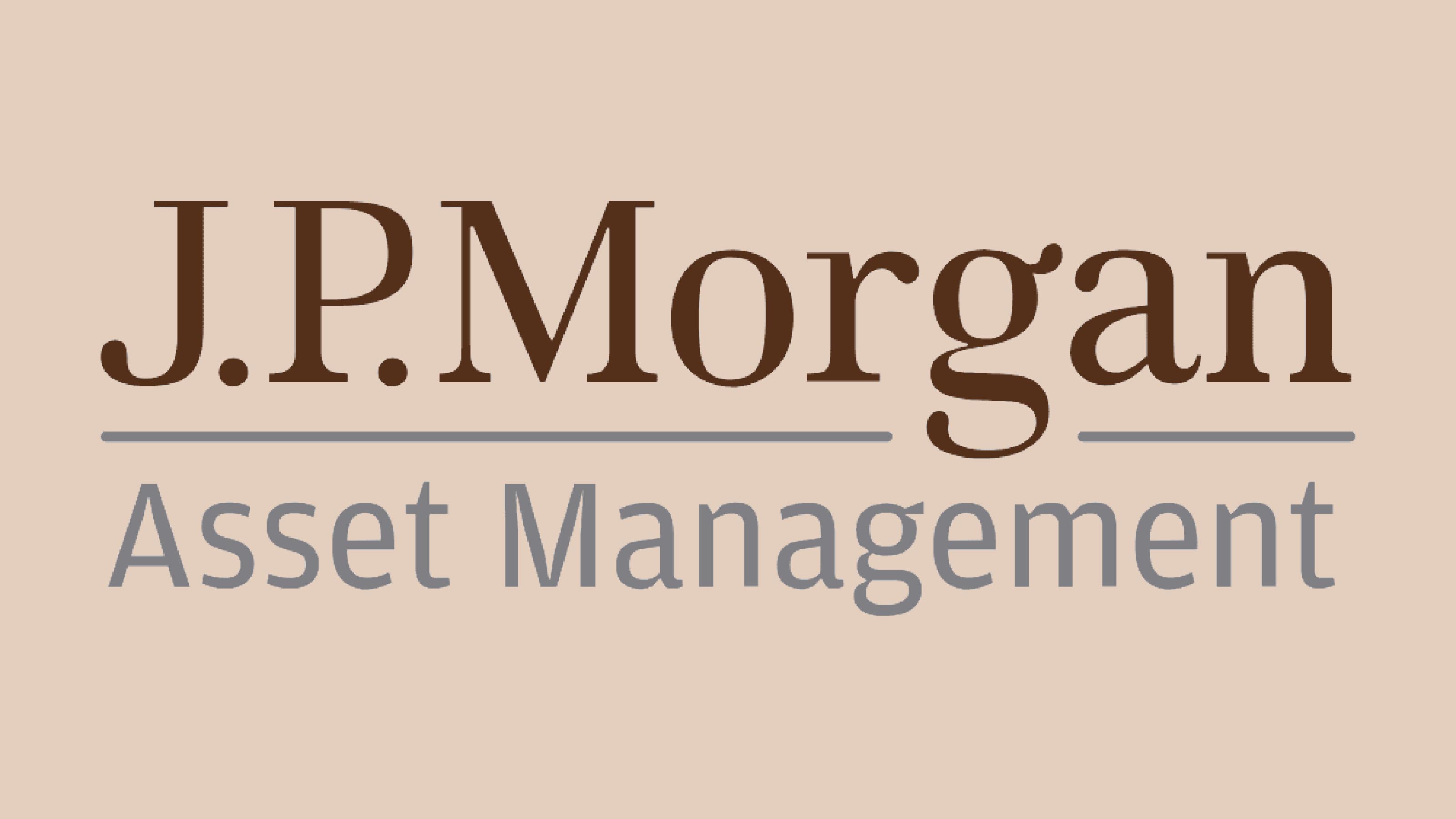
JPMorgan U.S. Quality Factor ETF
- Kip ETF classification: Strategic stock fund
- Dividend yield: 1.2%
- Expense ratio: 0.12%
Every professional investor says they favor high-quality companies – firms with strong competitive advantages, healthy balance sheets (lots of cash, little debt) and smart managers at the helm. This index fund is a quantitative distillation of quality traits.
The JPMorgan U.S. Quality Factor ETF (JQUA) tracks an index that sifts for companies that meet 10 criteria, including measures of profitability, financial risk and earnings quality. The result is a portfolio of 271 stocks, including Visa, Berkshire Hathaway (BRK.B) and Costco Wholesale (COST).
Over the past 12 months, the fund's 14.9% return keeps pace with the S&P 500, which is up 15.2%.

Technology Select Sector SPDR Fund
- Kip ETF classification: Strategic stock fund
- Dividend yield: 0.6%
- Expense ratio: 0.08%
News alert: Tech stocks no longer dominate market gains. A year ago, the Technology Select Sector SPDR ETF (XLK) had the top one-year record of the Kip ETF 20. This year, its one-year return is middling for the group and doesn't even beat the S&P 500.
That said, we still like this fund, which holds a market-value-weighted stake in each of the nearly 70 tech stocks in the S&P 500 Index.
Over the past five and 10 years, a time when mega-size companies dominated, Technology Select Sector SPDR delivered above-average returns for below-average risk, relative to other tech-focused funds. But market sentiment seems to be in flux now, if not shifting.
Even so, earnings expectations for the sector are robust and above average relative to the broad stock market.
According to Yardeni Research, analysts project 19% earnings growth for the next five years, compared with 15% earnings growth the next five years for the S&P 500 benchmark as a whole.

SPDR S&P Kensho New Economies Composite ETF
- Kip ETF classification: Strategic stock fund
- Dividend yield: 0.7%
- Expense ratio: 0.20%
The SPDR S&P Kensho New Economies Composite ETF (KOMP) invests in a number of growth-oriented themes, including automation, cryptocurrency technology and energy-efficient technologies.
Because it spreads its bets across multiple trends, it's potentially a lower-risk way to invest in new-new things, which can be highly volatile and may take years to play out.
Though recent uncertainty has not helped this fund's returns, over the past 12 months it has climbed 19.3%, ahead of the S&P 500.
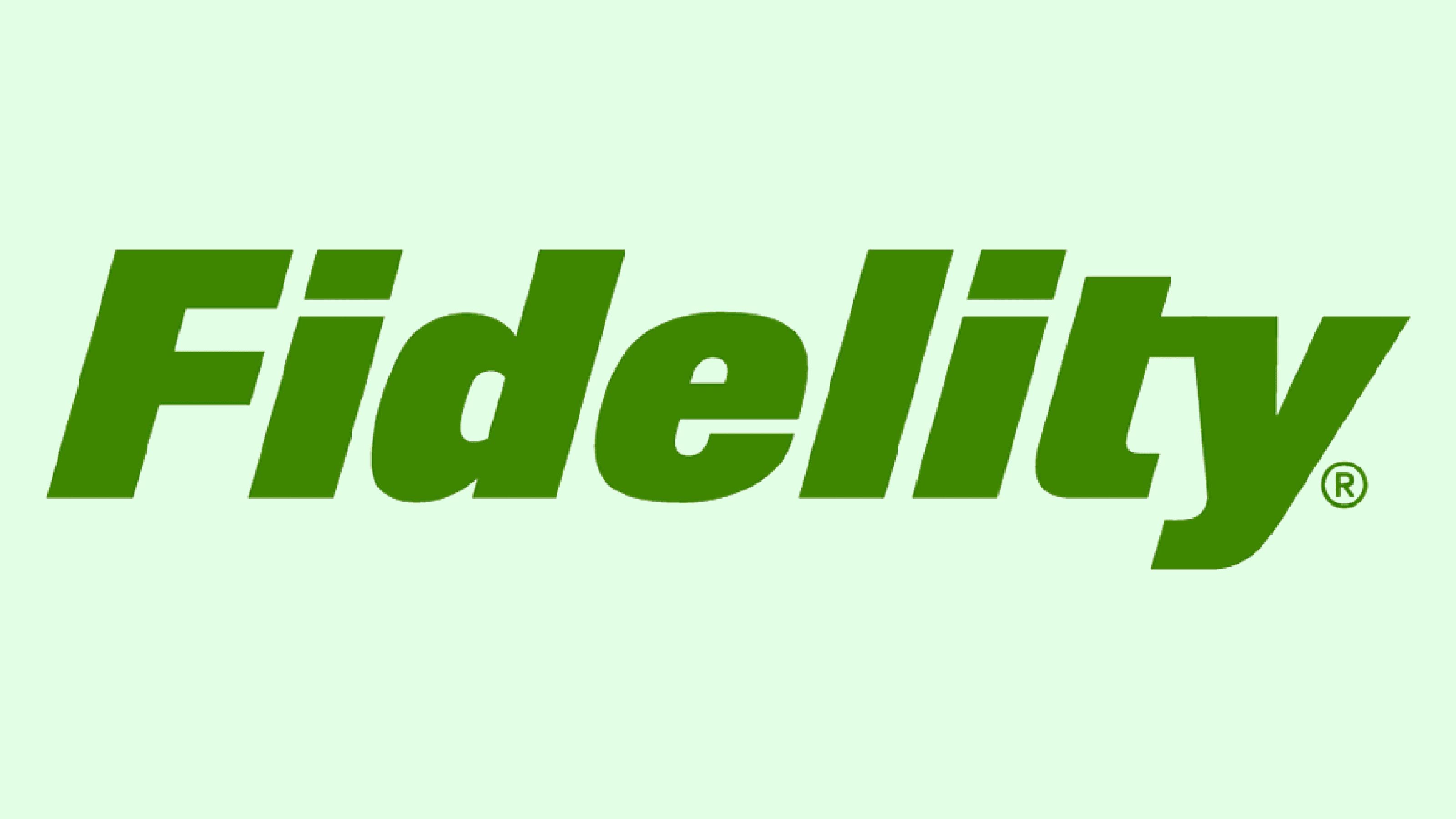
Fidelity Total Bond ETF
- Kip ETF 20 classification: Core bond fund
- SEC yield: 5.0%
- Expense ratio: 0.36%
Uncertainty about inflation and elevated volatility has rocked the bond market in recent months. At times over the past 12 months, the actively managed Fidelity Total Bond ETF's (FBND) investment-grade (rated triple-A to triple-B) corporate bonds were a drag on performance; at other times, they were a boon.
Balancing those outcomes in both scenarios were the fund's high-yield bonds, leveraged loans and emerging-markets debt holdings.
Through it all, however, the fund beat the Bloomberg U.S. Aggregate Bond Index. Over the past 12 months, Fidelity Total Bond gained 6.6%; the Agg index, 6.1%. The fund yields 5.0%.

Invesco BulletShares 2026 Corporate Bond ETF
- Kip ETF 20 classification: Core bond fund
- SEC yield: 4.5%
- Expense ratio: 0.10%
We considered moving the Invesco BulletShares 2026 Corporate Bond ETF (BSCQ) off the roster. This target-maturity bond fund, which invests in investment-grade corporate debt with a 2026 maturity, will terminate on or about December 15, 2026, and the fund will distribute its assets – the principal and accumulated interest less expenses – to shareholders.
But after further consideration, given its 4.5% yield, its low volatility relative to the Agg index – the fund has been roughly half as volatile as the benchmark over the past three years – and its Agg-beating return over the past one and three years, we are keeping it on the roster (but it will have to go next year).
Target-maturity bond funds are designed to help investors build a bond ladder, but we liked it for its short-term focus, which offers a little more stability than a medium-term corporate bond fund.
Over the past three years, Invesco BulletShares 2026 Corporate Bond has offered a competitive annualized return for half the volatility of the biggest corporate bond ETF, the Vanguard Intermediate-Term Corporate Bond ETF (VCIT).

SPDR DoubleLine Total Return Tactical ETF
- Kip ETF 20 classification: Core bond fund
- SEC yield: 5.4%
- Expense ratio: 0.55%
The gurus behind the SPDR DoubleLine Total Return Tactical ETF (TOTL) – the two Jeffreys, Jeffrey Gundlach and Jeffrey Sherman – favor non-traditional sectors, including bank loans, emerging-markets debt and structured credit (such as collateralized loan or debt obligations).
That, combined with a tactical decision to keep the interest rate sensitivity of the portfolio lower than that of the Agg index, has helped lift returns in recent months.
The fund's 12-month return, 6.4%, handily beat the broad bond benchmark and 67% of its peers (intermediate core plus bond funds). The fund yields 5.4%.

BlackRock Short Duration Bond ETF
- Kip ETF 20 classification: Strategic bond fund
- SEC yield: 4.6%
- Expense ratio: 0.25%
Amid a wave of uncertainty – and volatility in Treasury yields – the actively managed iShares Short Duration Bond Active ETF (NEAR) has returned a robust 6.6% over the past 12 months, beating most of its peers (ultra-short-term bond funds).
The ETF holds 57% of its assets in bonds with maturities from one to five years. It has a short duration (a measure of interest rate sensitivity) of less than two years, which implies that if interest rates were to fall by one percentage point, the fund's net asset value would rise by 1.9%.
Meanwhile, the ETF yields 4.6%, beating the typical 4.1% to 4.2% yield on money market mutual funds.

JPMorgan Income ETF
- Kip ETF 20 classification: Strategic bond fund
- SEC yield: 5.2%
- Expense ratio: 0.39%
A good multisector bond fund will do the hard work of deciding which bond sectors to emphasize at any given time, whether it's higher-quality, interest-rate-sensitive IOUs or sectors such as high-yield or emerging-markets debt. The JPMorgan Income ETF (JPIE) does that and delivers a monthly distribution.
"We're trying to deliver the maximum income for a prudent level of risk," says comanager Andrew Norelli.
Though the fund is less than four years old, the team behind it has run a "twin" mutual fund (its ticker is JGIAX) since 2014, says Norelli. "It's the same process, same investment objective. They're meant to track as closely as possible."
Over the past 11 years, the mutual fund strategy has delivered returns akin to those of high-yield bonds with less volatility. The strategy has reliably outpaced the Aggregate Bond Index with much lower volatility, too, Norelli adds.
As for the ETF, its three-year annualized return of 6.3% has beaten most of its multisector bond fund peers with below-average volatility. (It beat the Agg with a one-third less volatility, too.)
These days, Norelli and his team are holding a portfolio of mostly securitized IOUs (73% of the portfolio), such as government-guaranteed mortgage-backed securities, as well as a splash of high-yield corporates (13%) and a dash of emerging-markets debt and investment-grade corporate debt (4%).
The fund is aggressively active – "the most active of the active bond strategies we offer," says Norelli.
He says younger investors can use this as a core bond holding, while older investors should consider it one way to diversify stock market risk. The fund yields 5.2%.
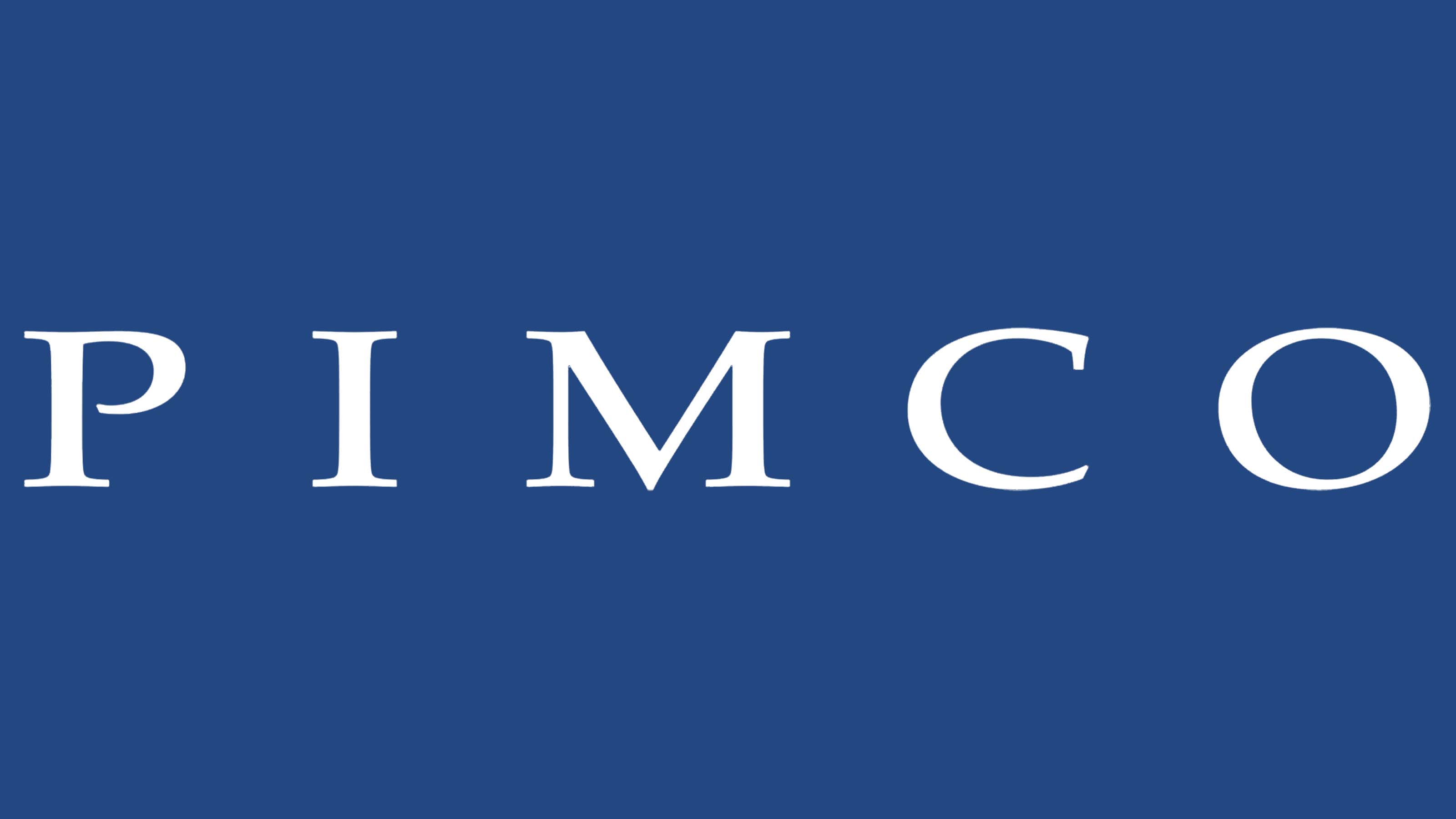
Pimco 0-5 Year High Yield Corporate Bond ETF
- Kip ETF 20 classification: Strategic bond fund
- Dividend yield: 6.7%
- Expense ratio: 0.57%
We're partial to active bond funds, and though the Pimco 0-5 Year High Yield Corporate Bond ETF (HYS) is technically an index tracker – of the ICE BofA 0-5 Year U.S. High Yield Constrained benchmark – a lot of bottom-up bond picking goes on behind the scenes.
"It sits between active and passive," says David Forgash, one of the fund's four co-managers.
The short-term fund starts with a broader high-yield index than most funds. (High-yield bonds carry credit ratings of double-B to triple-C.) An army of 80 to 85 analysts picks the best high-yield corporate IOUs to build a representative portfolio that replicates the index, relying on proprietary computer models to reduce overall risk.
And, as they build baskets of securities to create or redeem ETF shares on a day-to-day basis, they handpick the individual bonds that go in and out of the portfolio. "We look for opportunities to improve and trade, because every day, the underlying values of bonds are changing," says Forgash.
This fund has sported lower default rates, historically, than the broad high-yield bond market, thanks to the work that the analysts do.
And by picking the right bonds – for example, bonds issued by firms with low debt that may be in a stronger position to weather a sluggish economy – the fund has found opportunities to beat the broad high-yield bond market, says Forgash.
Over the past three years, the fund's 9.6% annualized return has beaten 84% of its peers. The fund yields 6.7%.
Note: This item first appeared in Kiplinger's Personal Finance Magazine, a monthly, trustworthy source of advice and guidance. Subscribe to help you make more money and keep more of the money you make here.
Related content
Profit and prosper with the best of Kiplinger's advice on investing, taxes, retirement, personal finance and much more. Delivered daily. Enter your email in the box and click Sign Me Up.

Nellie joined Kiplinger in August 2011 after a seven-year stint in Hong Kong. There, she worked for the Wall Street Journal Asia, where as lifestyle editor, she launched and edited Scene Asia, an online guide to food, wine, entertainment and the arts in Asia. Prior to that, she was an editor at Weekend Journal, the Friday lifestyle section of the Wall Street Journal Asia. Kiplinger isn't Nellie's first foray into personal finance: She has also worked at SmartMoney (rising from fact-checker to senior writer), and she was a senior editor at Money.
-
 QUIZ: What Type Of Retirement Saver Are You?
QUIZ: What Type Of Retirement Saver Are You?Quiz What is your retirement savings style? Find out with this quick quiz.
-
 Meet the World's Unluckiest — and Entitled — Porch Pirate
Meet the World's Unluckiest — and Entitled — Porch PirateThis teen swiped a booby-trapped package that showered him with glitter, and then he hurt his wrist while fleeing. This is why no lawyer will represent him.
-
 Smart Business: How Community Engagement Can Help Fuel Growth
Smart Business: How Community Engagement Can Help Fuel GrowthAs a financial professional, you can strengthen your brand while making a difference in your community. See how these pros turned community spirit into growth.
-
 Meet the World's Unluckiest — Not to Mention Entitled — Porch Pirate
Meet the World's Unluckiest — Not to Mention Entitled — Porch PirateThis teen swiped a booby-trapped package that showered him with glitter, and then he hurt his wrist while fleeing. This is why no lawyer will represent him.
-
 Smart Business: How Community Engagement Can Help Fuel Growth
Smart Business: How Community Engagement Can Help Fuel GrowthAs a financial professional, you can strengthen your brand while making a difference in your community. See how these pros turned community spirit into growth.
-
 In 2026, the Human Touch Will Be the Differentiator for Financial Advisers
In 2026, the Human Touch Will Be the Differentiator for Financial AdvisersAdvisers who leverage innovative technology to streamline tasks and combat a talent shortage can then prioritize the irreplaceable human touch and empathy.
-
 How Financial Advisers Can Deliver a True Family Office Experience
How Financial Advisers Can Deliver a True Family Office ExperienceThe family office model is no longer just for the ultra-wealthy. Advisory firms will need to ensure they have the talent and the tech to serve their clients.
-
 Stocks Slip to Start Fed Week: Stock Market Today
Stocks Slip to Start Fed Week: Stock Market TodayWhile a rate cut is widely expected this week, uncertainty is building around the Fed's future plans for monetary policy.
-
 December Fed Meeting: Live Updates and Commentary
December Fed Meeting: Live Updates and CommentaryThe December Fed meeting is one of the last key economic events of 2025, with Wall Street closely watching what Chair Powell & Co. will do about interest rates.
-
 Why Investors Shouldn't Romanticize Bitcoin, From a Financial Planner
Why Investors Shouldn't Romanticize Bitcoin, From a Financial PlannerInvestors should treat bitcoin as the high-risk asset it is. A look at the data indicates a small portfolio allocation for most investors would be the safest.
-
 I'm a Financial Pro Focused on Federal Benefits: These Are the 2 Questions I Answer a Lot
I'm a Financial Pro Focused on Federal Benefits: These Are the 2 Questions I Answer a LotMany federal employees ask about rolling a TSP into an IRA and parsing options for survivor benefits, both especially critical topics.
